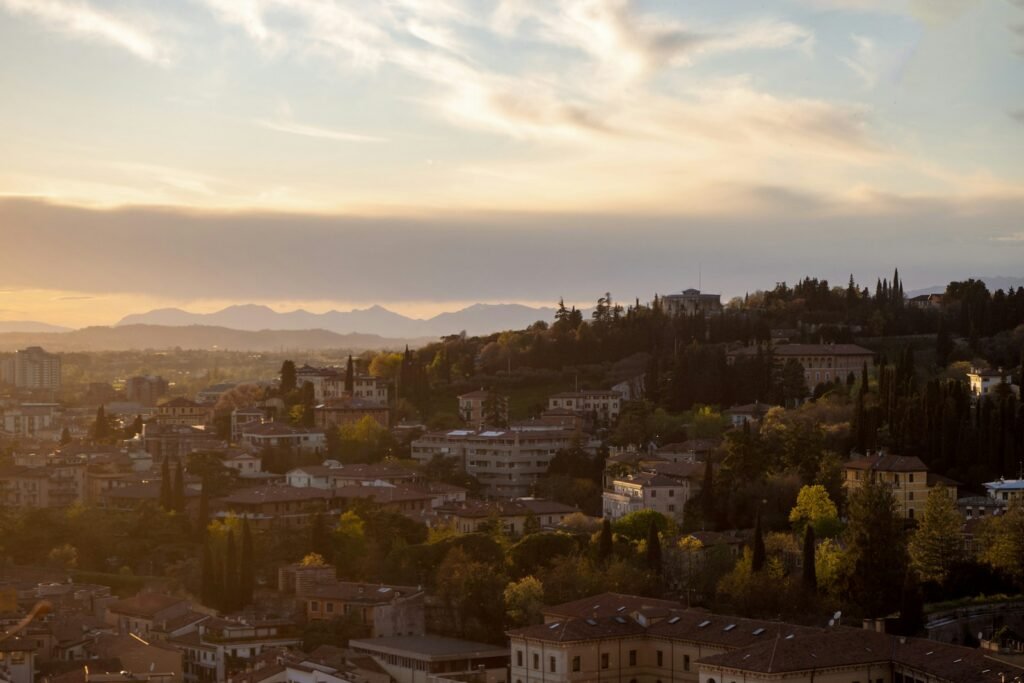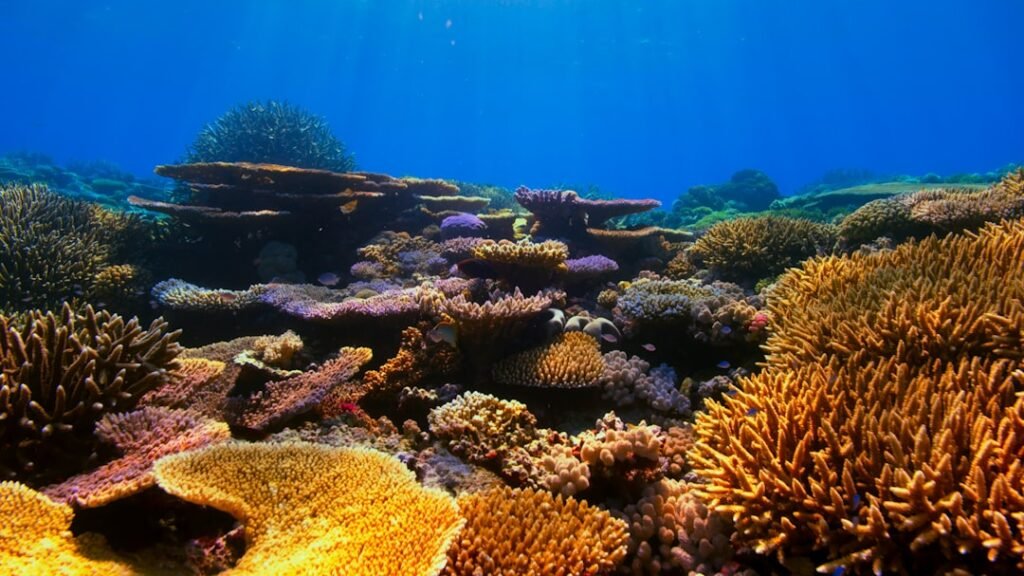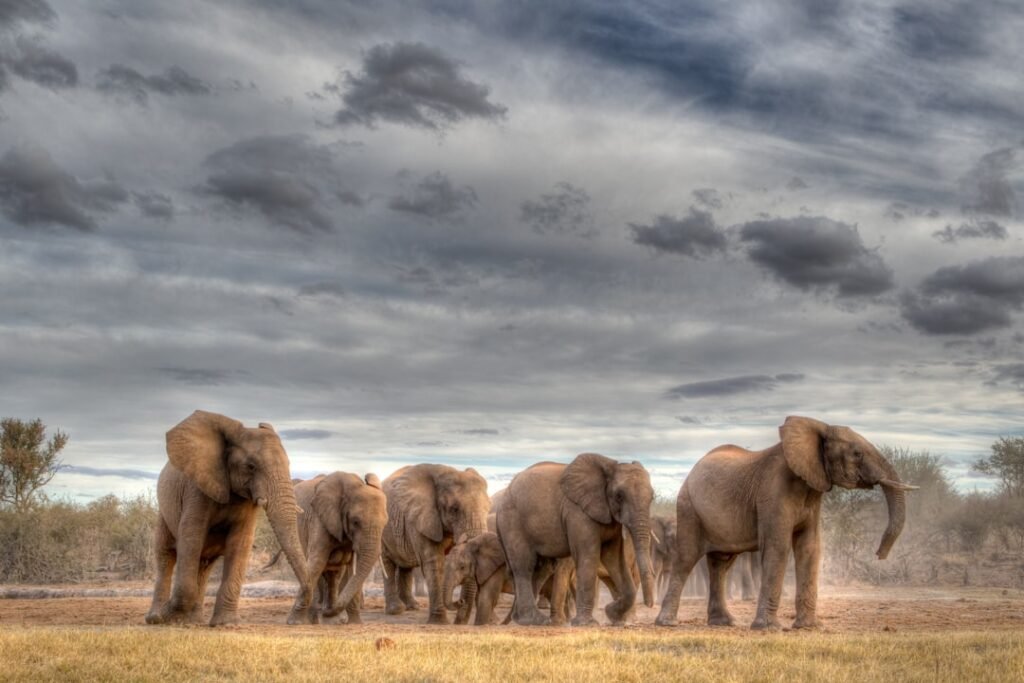The hottest story in the Southwest is no longer just the midday sun – it’s the long tail of heat that now stretches deep into the night, into fall, and into daily routines. Across Arizona, Nevada, New Mexico, and parts of California, record temperatures have become less headline and more background noise, reshaping health systems, power grids, water policy, and even desert ecology. Scientists are mapping the fingerprints of a warmer climate while communities improvise shade, shift work hours, and recalibrate what “summer” means. The mystery isn’t whether heat is rising; it’s how fast the region can adapt without leaving people – or ecosystems – behind. That’s the tension driving urgent research and wrenching choices in 2025.
The Hidden Clues

What happens when midnight feels like noon? In the Phoenix metro, the biggest tells aren’t only the scorch of the afternoon but the stubborn nights that refuse to cool. Urban materials soak up sunlight like a battery and release it slowly after dark, which drives nighttime temperatures up and recovery down. Researchers tracking the urban heat island find Phoenix can run roughly ten to fourteen degrees warmer than surrounding rural areas on calm summer nights. That gap magnifies stress on the body, especially for people without reliable cooling. I still remember stepping out in Tempe at 11 p.m. last July and feeling heat radiate off the sidewalk like an open oven door.
These nights are setting their own records: the city logged a warmest “low” of about ninety-seven degrees in mid-July 2023, and many July nights never dipped below ninety. Those numbers matter because the body needs a cool window to reset; without it, risk accumulates day after day. Scientists also note that extreme heat domes and long dry spells stack the deck for prolonged runs of brutal days. Layer in rapid growth and paved surfaces, and you get a city where overnight relief is increasingly rare. That’s the clue pointing to adaptation that targets nights as much as days.
Heat, Health, and the Night That Won’t Cool

Public-health data show the human toll clearly, and it’s sobering. Maricopa County confirmed a record six hundred forty-five heat-associated deaths in 2023, then reported 374 confirmed heat deaths in 2024 – a decline, but still far above the totals of a decade ago. Officials say the 2024 heat season dragged on, with more than a hundred consecutive days at or above one hundred degrees, which kept emergency rooms busy and outreach teams stretched. This summer, preliminary counts again show hundreds of suspected heat deaths under investigation by mid-August. Most fatalities involve outdoor exposure, but many happen indoors where broken or unaffordable air-conditioning turns apartments into danger zones. Nighttime heat is the stealth factor here, leaving people depleted before the next day begins.
Clinicians emphasize that heat amplifies other risks – heart disease, certain medications, and substance use – so the same temperature can be survivable for one person and deadly for another. That’s why new tools aim to frame heat as a graded health threat, not just a thermometer reading. The National Weather Service and CDC’s experimental HeatRisk maps now pair forecast heat with health guidance, helping cities target alerts and cooling services several days ahead. In a region where overnight “lows” can look like other cities’ highs, that early warning buys time to open centers and check on vulnerable neighbors. The core lesson is simple: the fewer hot nights in a row, the safer the community.
Water Math in the Desert
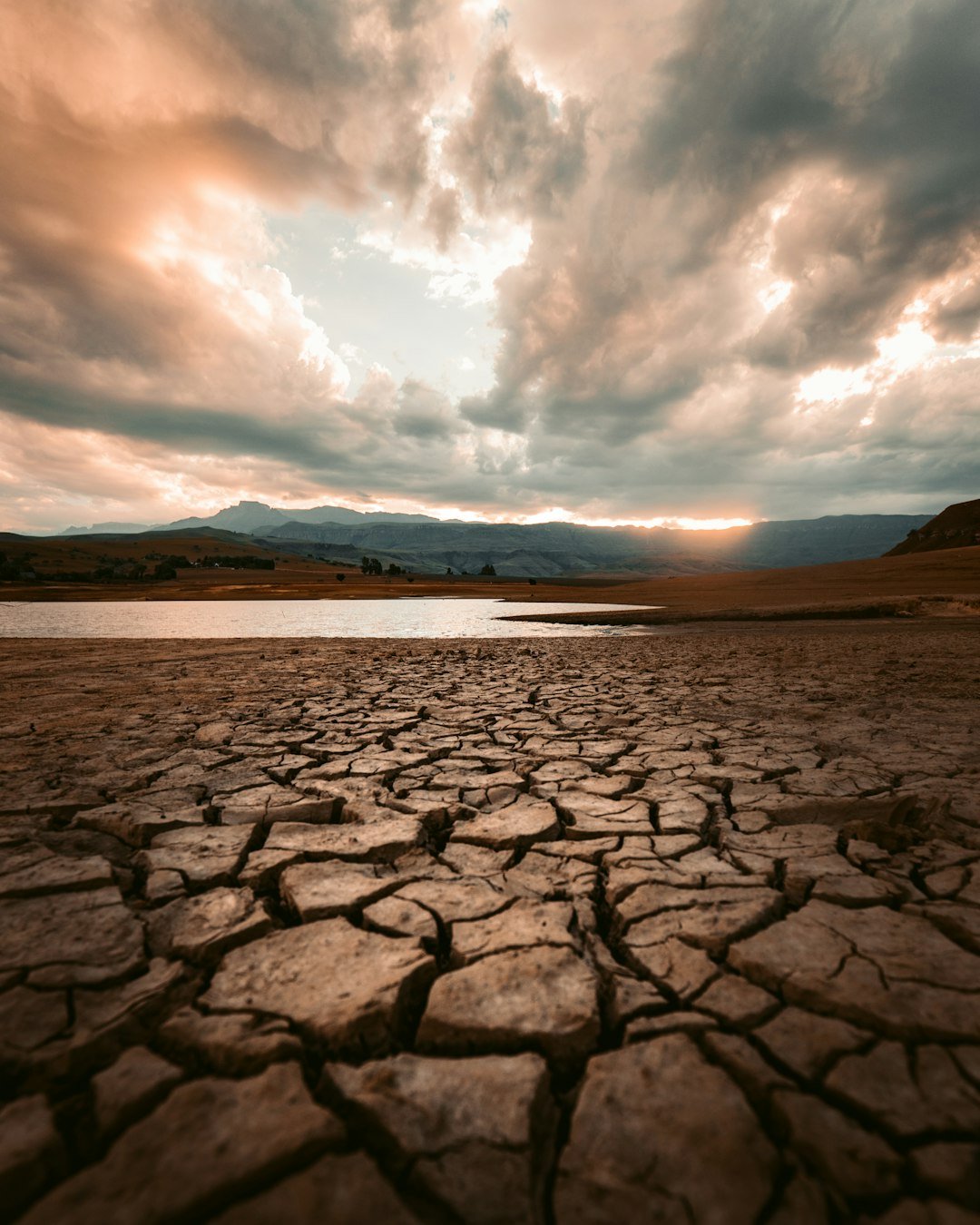
Record heat collides with an old Western truth: water is fate. On the Colorado River, federal projections keep Lake Mead in a Level 1 shortage through at least 2026, with Arizona, Nevada, and Mexico taking mandated reductions under existing agreements. Lake Powell is expected to operate in a mid-elevation release tier in the current water year, reflecting thin snowpacks and persistent aridity upstream. In plain terms, the system is still living close to the edge, and “average” winters no longer refill the bank. Even when monsoon rains arrive, their patchy bursts don’t change the basin-wide budget much. This is why conservation volumes, tribal water settlements, and on-farm efficiency upgrades carry outsized weight now.
Negotiations for post-2026 river rules are moving through a formal federal process that weighs competing proposals from Upper and Lower Basin states and tribal nations. The technical goal is straightforward – stabilize reservoir levels under hotter, drier conditions – but the politics are anything but. Proposals on the table consider natural-flow accounting, deeper conservation targets, and more flexible releases to match the climate signal. The clock is real: today’s operating guidelines expire in 2026, so choices made over the next year will govern water for more than forty million people. If the past decade taught the region anything, it’s that waiting for “snow miracles” is not a strategy.
The Power Grid on the Edge
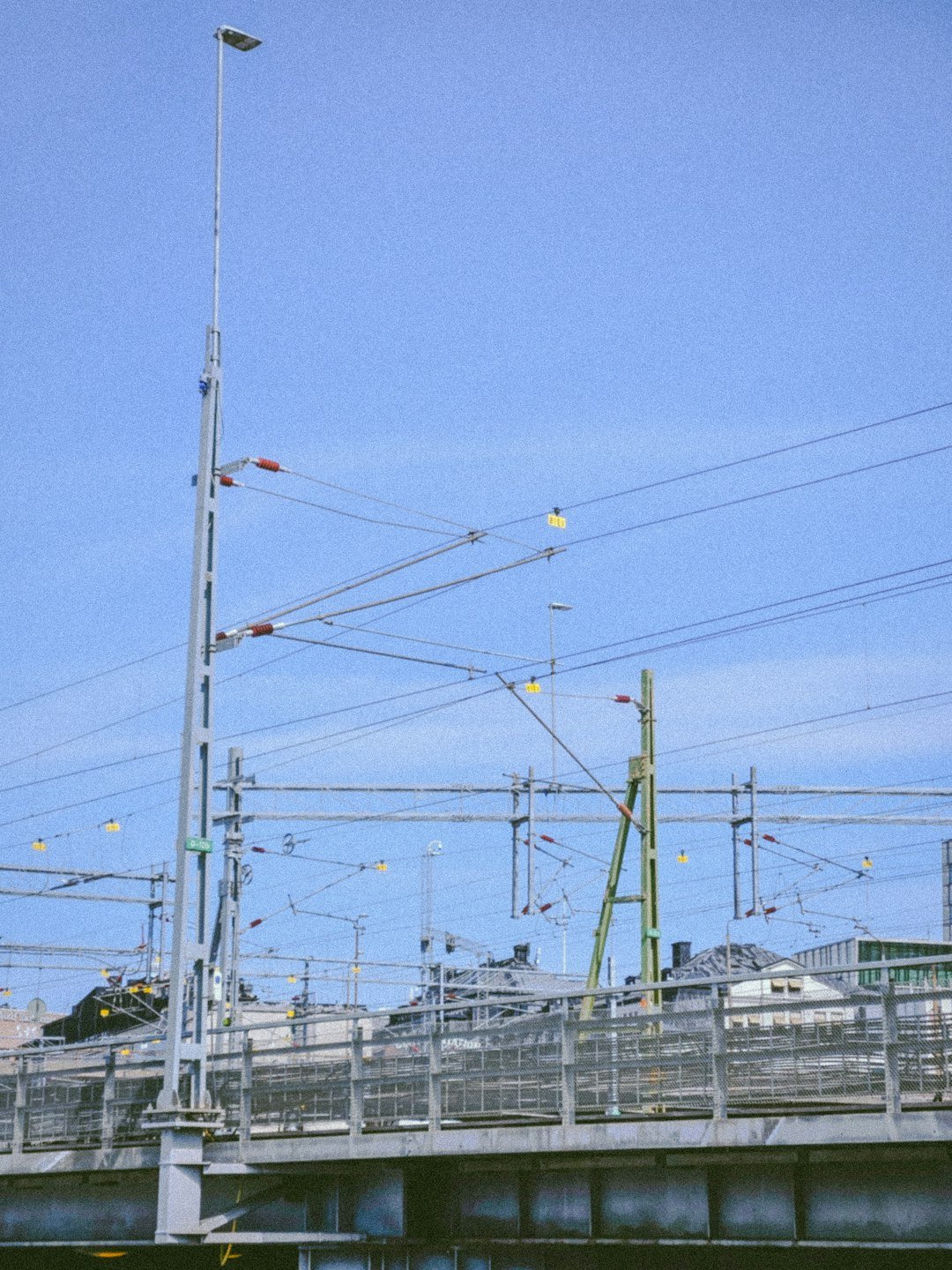
Heat doesn’t just test bodies; it tests wires, transformers, and balance sheets. In July and August 2025, Arizona’s two largest utilities repeatedly broke peak-demand records as Phoenix hit one hundred eighteen degrees, reflecting both extreme heat and rapid growth. The Arizona Corporation Commission flagged a third straight year of all-time peaks, while utilities leaned on new solar, batteries, and quick-start gas to keep air-conditioners running. Nationally, the Energy Information Administration reported a Lower 48 demand record at the end of July, driven by back-to-back heat waves. Those headline numbers translate to harder choices about rates, infrastructure, and reliability. One major Arizona utility has already proposed a double-digit rate hike, citing the cost of meeting surging summer loads.
The strain isn’t only about peak megawatts; it’s also about nights that stay hot, keeping cooling loads elevated around the clock. That erodes the typical nocturnal “breathing room” for generators and distribution systems. Operators increasingly deploy demand response – rewarding customers for shifting usage – alongside shaded substations and higher-temperature-rated equipment. Meanwhile, batteries that soak up midday solar now play a starring role in the dusk hours when demand spikes and the sun goes down. The arc is clear: a Southwest built for twentieth-century summers is being retrofitted, in real time, for twenty-first-century heat.
Ecosystems Rewriting Their Calendars
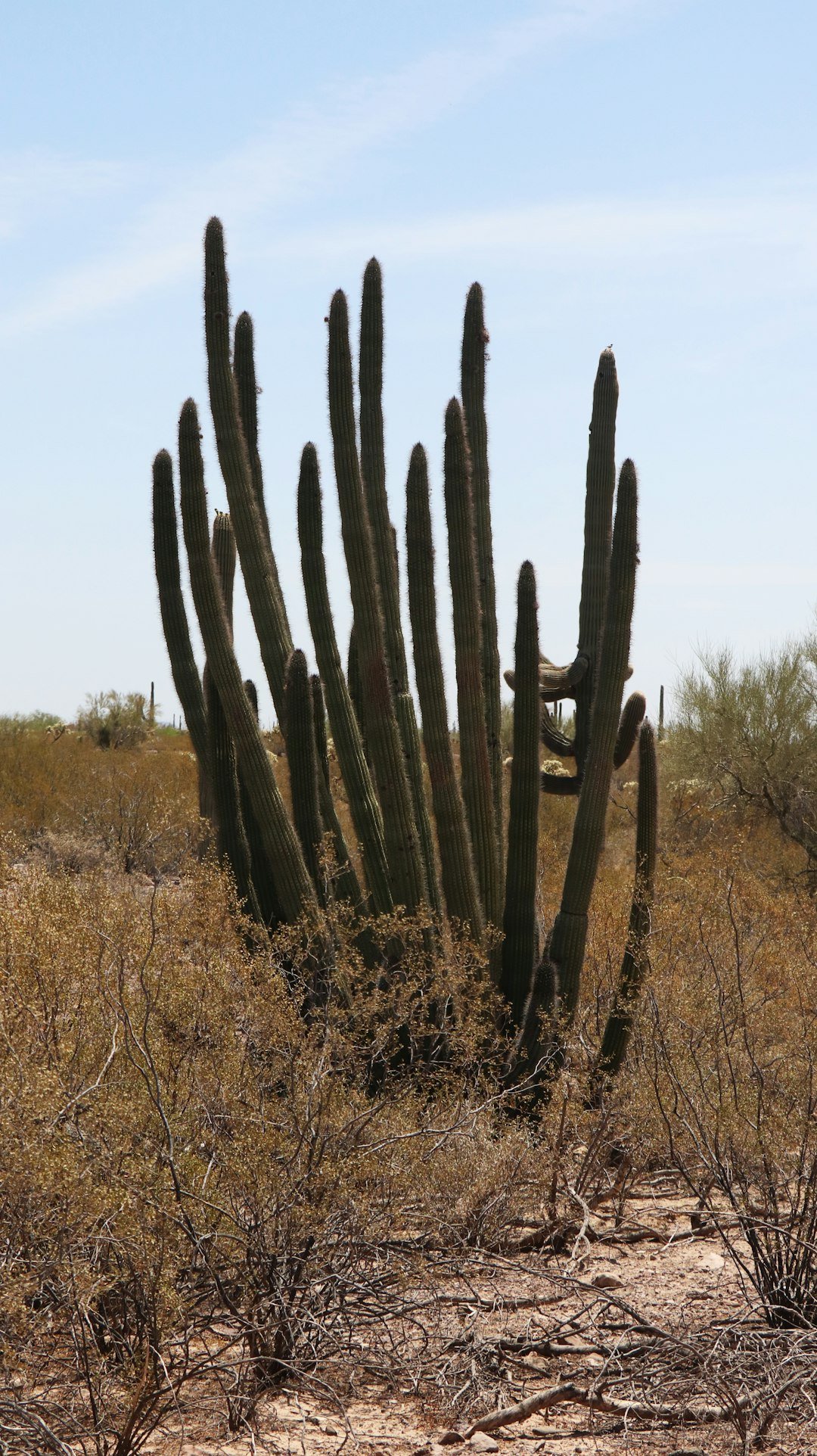
Desert species are adapted to heat, but not necessarily to this sequence of extremes: record-hot summers, dry early monsoons, then violent downpours. Botanists at the Desert Botanical Garden have documented elevated mortality in monitored saguaros since 2020, with community reports of toppled giants after long, blistering runs of heat. Such losses ripple outward, because saguaros anchor habitat and culture as much as landscape. Wildlife shifts feeding and breeding schedules, while urban trees – vital shade-makers – struggle with hotter nights and shallow soils. When the monsoon underperforms, stress compounds; when it arrives in bursts, flood damage can undo months of careful watering. It’s a fragile dance between heat, moisture, and timing.
2025 offered a twist: a slow monsoon start flipped to above-normal rainfall late in September, catapulting seasonal totals in Phoenix past the long-term average within two days. While the rains eased fire risk and freshened desert soils, they also brought haboobs and flash floods – reminders that relief can be messy. Even so, a wetter monsoon doesn’t erase multi-year deficits on the river or refill deep aquifers quickly. Ecologists say the signal to watch is phenology – the when of blooming, fruiting, and migration – because it’s already shifting under the new heat regime. And when saguaros miss a beat, everything from bats to birds feels it.
Why It Matters
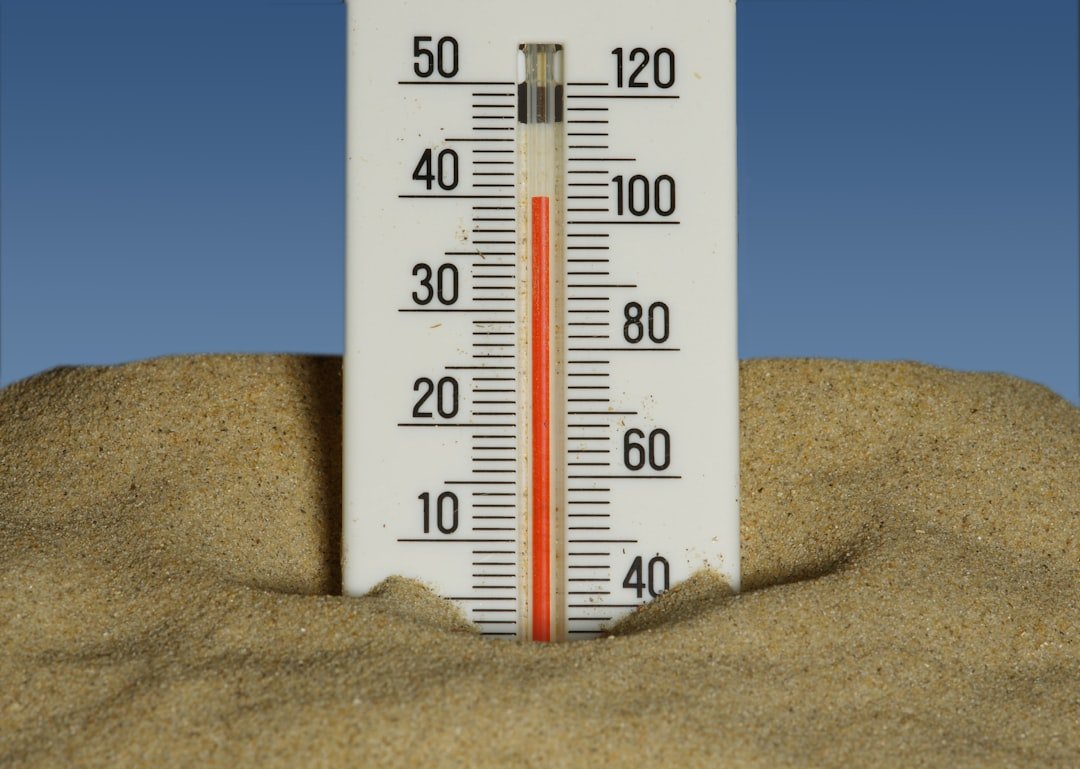
Heat is the most pervasive climate risk in the Southwest because it touches everything: health, water, energy, labor, and ecosystems. Unlike past decades when “heat waves” were short spikes, today’s events are longer, hotter, and more frequent, which compounds impacts across sectors. Public-health teams now treat heat like smoke or ozone – an exposure that rises and falls on predictable timescales – with targeted warnings and interventions. At the same time, scientists track not just dry heat, but dangerous humid heat, since rare Gulf surges can push wet-bulb stress into riskier territory along the Gulf of California corridor. Compared with traditional views that centered daytime highs, the modern lens zeros in on nighttime heat and long sequences without relief. It’s a shift in both science and strategy, and it elevates equity questions about who can afford to keep cool.
The broader context is national: assessments show more U.S. communities living with longer heat seasons and rising energy burdens, especially renters and older adults in inefficient homes. Those patterns align with Phoenix’s lengthening “summer” – now stretching about a week longer on average than in the 1970s – and a recent autumn heat wave that pushed one hundred ten-degree days into October. The science is unambiguous that cutting greenhouse-gas emissions reduces future heat risk, but the region also needs fast, local adaptation. That means designing for shade, cool nights, and reliable power, not just for curb appeal. The stakes are both economic and human, and the dashboards are already flashing.
The Future Landscape
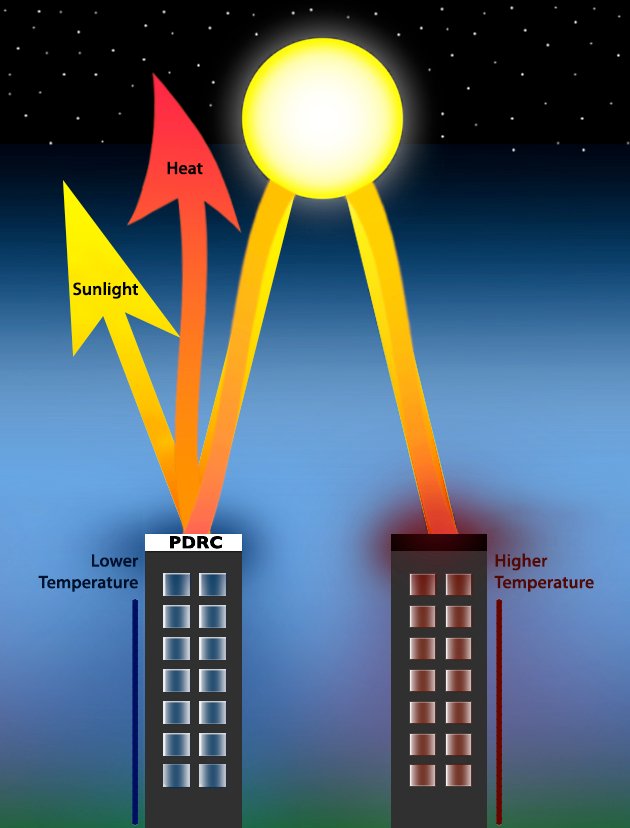
Here’s what’s next: a wave of practical cooling and planning tools tuned for desert reality. Cities are scaling shade canopies at bus stops, reflective and permeable pavements where they make sense, and building codes that prioritize insulation and passive cooling. Researchers are stress-testing “cool pavement” benefits at night, probing whether reflectivity gains offset any trade-offs for skyglow or pedestrian comfort. Grid planners are fast-tracking storage, tapping rooftop solar for evening peaks, and hardening equipment for higher baseline temperatures. Water managers, meanwhile, are negotiating post-2026 Colorado River rules that assume less, bank more, and reward conservation with flexible accounting. It’s not glamorous work, but it’s the scaffolding of a livable future.
Public-health agencies are also shifting upstream: deploying HeatRisk-style outlooks, funding tree-planting in the hottest tracts, and expanding cooling access without income or ID barriers. Phoenix’s dedicated heat office has become a model for integrating emergency response with long-term urban design, and similar efforts are spreading across the region. The most ambitious plans aim to cool neighborhoods by design – more shade, fewer heat-trapping surfaces – so that a single outage doesn’t become a mass-casualty event. Success will hinge on basics: trusted communication, utility shutoff protections, and state programs that retrofit older homes. In a place where heat is now a season, not a streak, that’s the difference between coping and thriving.
Conclusion
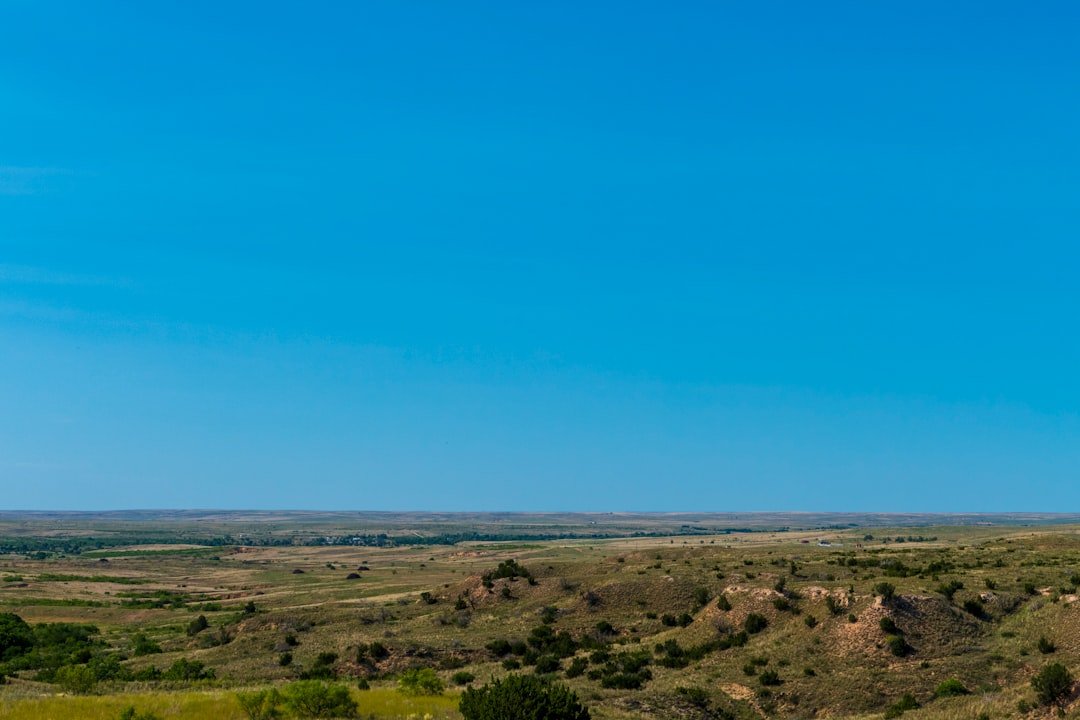
Start small and local: learn your city’s heat alerts, bookmark the nearest cooling sites, and check on neighbors when nights stay warm. Support shade and tree programs in the hottest neighborhoods, and speak up for building codes that keep homes cooler without spiking bills. Ask utilities and regulators for clear demand-response options, shutoff safeguards during heat emergencies, and investments that prioritize resilience where risk is highest.
If you manage property or a workplace, shift outdoor tasks to early mornings, add shade and water stations, and track heat plans the way you track fire drills. And when you vote, evaluate proposals through a heat lens – power, water, housing, and transit all look different in a hotter Southwest. Did you expect heat to reshape so much, so fast?

Suhail Ahmed is a passionate digital professional and nature enthusiast with over 8 years of experience in content strategy, SEO, web development, and digital operations. Alongside his freelance journey, Suhail actively contributes to nature and wildlife platforms like Discover Wildlife, where he channels his curiosity for the planet into engaging, educational storytelling.
With a strong background in managing digital ecosystems — from ecommerce stores and WordPress websites to social media and automation — Suhail merges technical precision with creative insight. His content reflects a rare balance: SEO-friendly yet deeply human, data-informed yet emotionally resonant.
Driven by a love for discovery and storytelling, Suhail believes in using digital platforms to amplify causes that matter — especially those protecting Earth’s biodiversity and inspiring sustainable living. Whether he’s managing online projects or crafting wildlife content, his goal remains the same: to inform, inspire, and leave a positive digital footprint.

